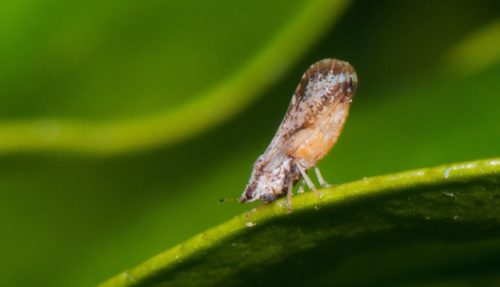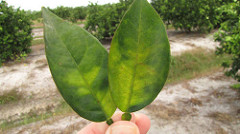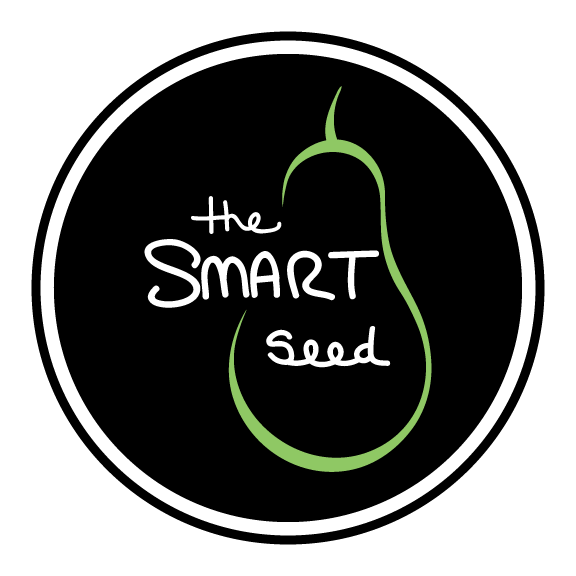Podcast: Play in new window | Download (Duration: 8:25 — 8.7MB) | Embed
Subscribe: Apple Podcasts | Android | Email | Stitcher | RSS | More
It’s called the Asian Citrus Psyllid. It’s about 3 to 4 millimeters long with a long brown spotted body. A bit of an ugly little bug, and it is currently playing havoc on our citrus trees.
 https://www.morningagclips.com/pest-quarantine-in-fresno-co/
https://www.morningagclips.com/pest-quarantine-in-fresno-co/
The story of this little ugly bug starts in southern China in 1919. This was the first year in recorded history when humans, the Asian Citrus Psyllid or ACP for short, and our citrus trees all met. Now, the one thing to note is that this wasn’t and isn’t a very symbiotic relationship. Rather, you could compare it to our relationship with the common flu. Always against us, always adapting, always moving, always one step ahead. The ACP does a few things to our citrus trees, but the most damaging is that it transmits bacteria which in turn creates a disease in the trees. Some folks call it “citrus greening” others call it huanglongbing. First, the leaves on the trees turn yellowish with a blotchy, spotted pattern. Then the fruit that is produced is grown small, lopsided, retains a partially green colour, and contains undeveloped seeds. The juice from the infected fruit then becomes bitter. Finally, in a few years the trees just simply die.
 Photo Credit: agrilifetoday via Compfight cc
Photo Credit: agrilifetoday via Compfight cc
Over time the ACP has moved from Southern China, to the Philippines, Thailand and then in 1998 it popped up in Florida, US of A. Now, today, we are going to primarily focus on Oranges, and it can be argued that the two most important regions in terms of the production of Oranges is the United States and Brazil. The United States accounts for 14% of the world’s production of oranges and Brazil accounts for 32%, and both areas are currently under threat by the Asian Citrus Psyllid. To better comprehend the scope of the situation. The Florida citrus industry, alone, is currently worth $10 billion and employs around 76,000 people, and accounts for pretty much the entire U.S orange juice production. Last year, the United States Department of Agriculture estimated that, in 2015 alone, Florida would experience a 20% decline in production. Florida is now entering a time where it will produce only half of what it was producing just a few short years ago. The end of the citrus industry in this state is in site.
There is no cure for citrus greening, at least, not yet. Farmers attempt to combat it with more fertilizers and pesticides, which certainly doesn’t help the environment and increases the cost of production exponentially. They have also started placing a type of aluminum sheeting along the ground at the base of the trees. The sheeting acts as a reflector which increases the temperature. The increased heat has led to improved growth and fewer sightings of the ACP. The University of Florida has also announced that it has developed a genetically modified orange tree that appears to be resistant to citrus greening. If or when this tree would be introduced is a long way off and maybe too late to even potentially save these industries.
Since the arrival of the Asian Citrus Psyllid in Florida in 1998 it have now spread throughout the United States and in 2008 was first identified in California. There are no longer many places in the world, if any, that have not been affected by the ACP. And, unless a cure is found or other breeds are developed we might be breezing by more signs in our supermarkets. Perhaps, next time they will read. “Our apologies. Due to the ugly bug called ACP there are no oranges for you today.”

